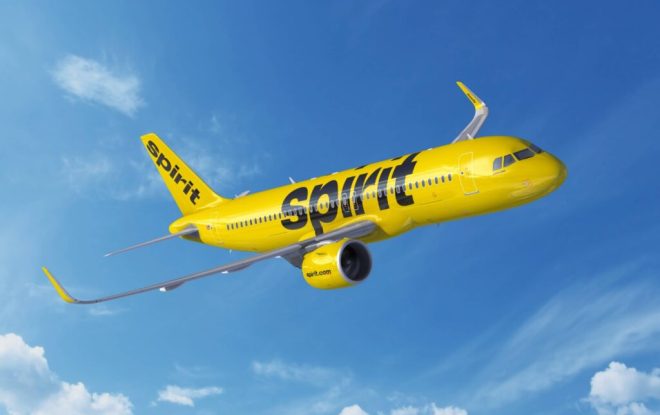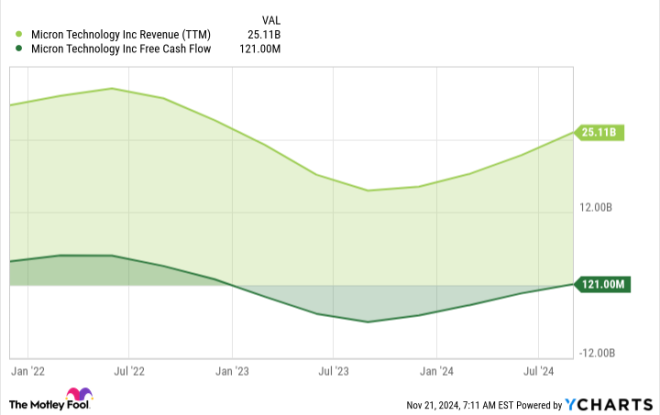Nvidia Stock Just Did Something It Has Never Done Before. History Says the AI Stock Could Do This Next.
The Dow Jones Industrial Average (DJINDICES: ^DJI) is a price-weighted index that tracks 30 U.S. companies. While inclusion is not based on strict rules, the index committee tends to select stocks that have three qualities: an excellent reputation, sustained growth, and widespread interest among investors.
On Nov. 8, semiconductor company Nvidia (NASDAQ: NVDA) did something it has never done before: It joined the Dow Jones Industrial Average. Sherwin-Williams was added to the index at the same time, while chipmaker Intel and specialty chemicals producer Dow were removed.
Are You Missing The Morning Scoop? Wake up with Breakfast news in your inbox every market day. Sign Up For Free »
Importantly, while inclusion in the iconic index is validating, it has no bearing on business fundamentals like revenue and earnings. But stocks have generally produced positive returns during their first year in the Dow. Here’s what that might mean for Nvidia shareholders.
The Dow Jones Industrial Average was first introduced in 1896, and its composition has changed infrequently since its inception. Apart from Nvidia and Sherwin-Williams, and the addition of Amazon earlier this year, the most recent changes were made four years ago, when Amgen, Honeywell, Salesforce, and RTX (formerly Raytheon Technologies) were added to the index in 2020.
Furthermore, excluding the three added this year, only 14 companies have joined the Dow Jones in the last 15 years. And their stocks returned a median of 9% during the 12-month period following their inclusion in the index. We can apply that information to Nvidia to make an educated guess about how the stock may perform in the coming months.
Specifically, Nvidia traded near $149 per share when the market opened on Nov. 8, the day the company was added to the Dow Jones. If its share price appreciation aligns precisely with the historical median, Nvidia will trade at $162 per share in November 2025. That implies 12% upside from its current share price of $145.
History also offers another interesting insight. While the last 14 stocks returned a median of 9% during their first 12 months in the Dow, the S&P 500 (SNPINDEX: ^GSPC) returned a median of 17% during the same period. So, most stocks have underperformed the S&P 500 during the 12 months following their inclusion in the Dow.
Of course, Nvidia’s future share price cannot be determined by looking backward. How the stock performs during the next year (and beyond) depends on the company’s financial results and investor sentiment.




Leave a Reply